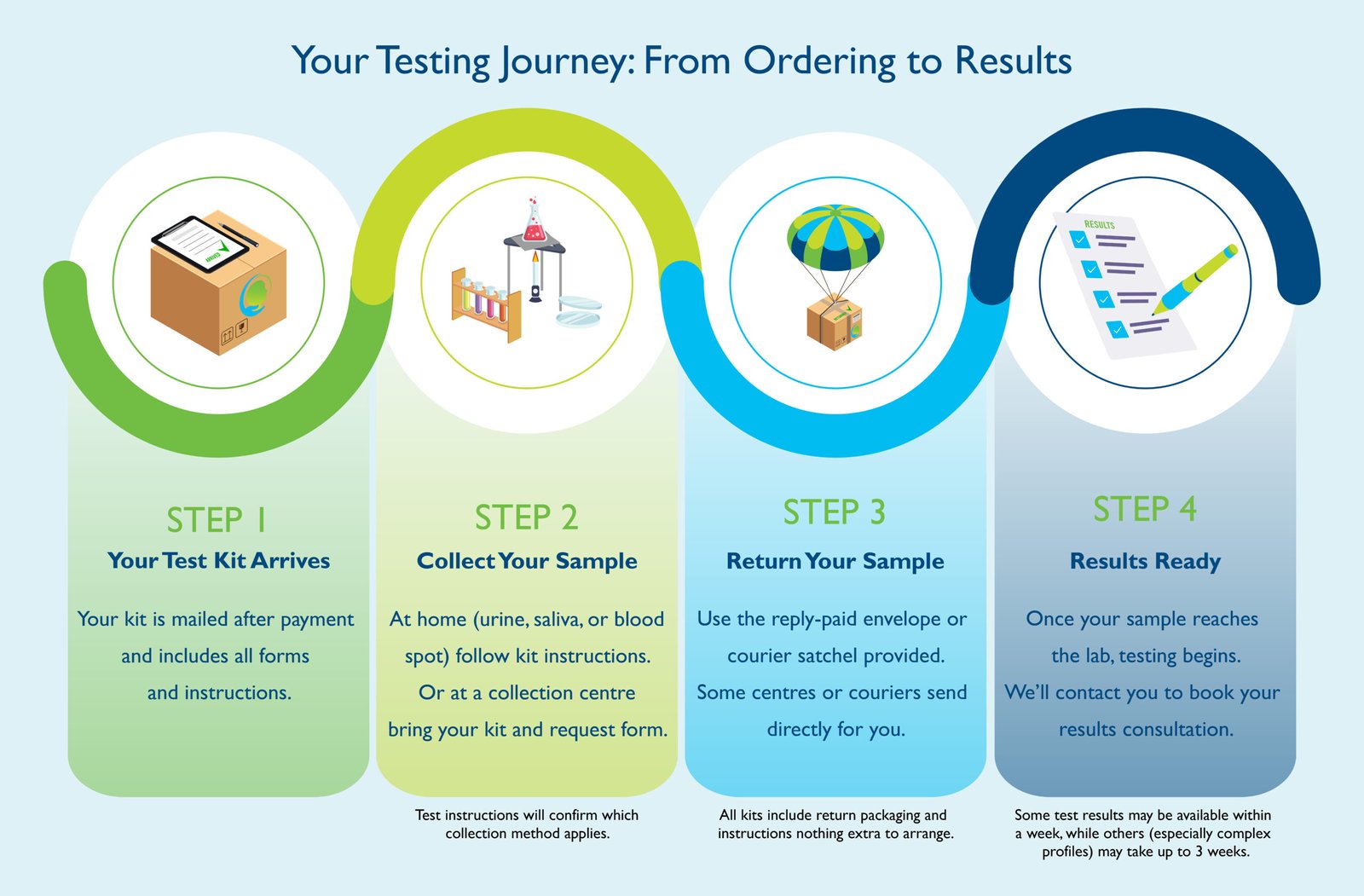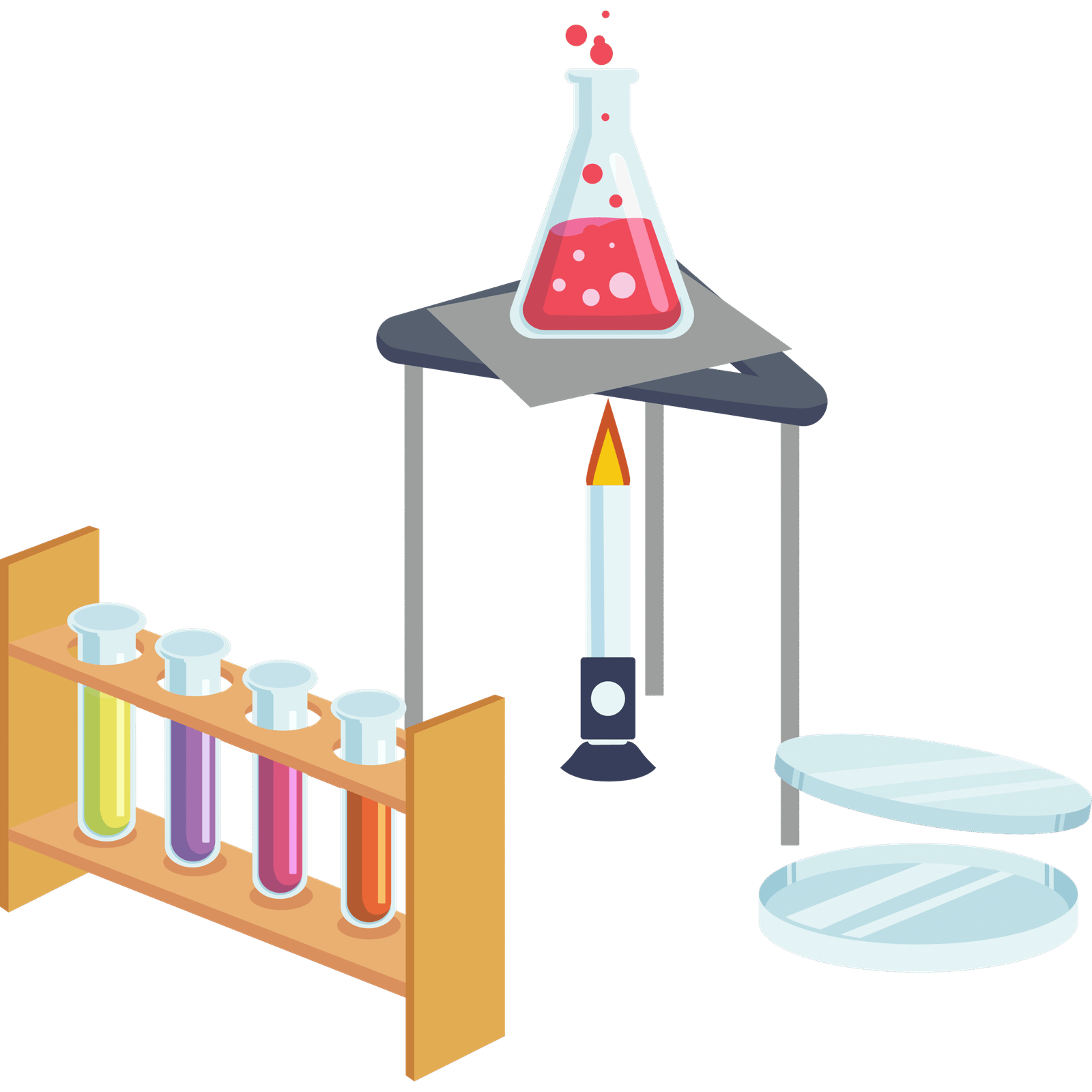Hair Tissue Mineral Analysis (HTMA): Detecting Toxic Metals & Nutrient Imbalances
Hair tissue mineral analysis (HTMA) is a non-invasive test that identifies imbalances in essential minerals and hidden exposures to toxic metals like mercury, lead, arsenic, and cadmium. It provides a time-averaged picture of your body’s mineral metabolism and toxic load—crucial for uncovering root causes of mental health conditions, fatigue, and neurological symptoms.
In the Walsh Biotype model, toxic metals account for up to 5% of cases of relentless, treatment-resistant depression. This is a depression that never lifts, day after day, with no reprieve. If you or your clients experience this severe, constant depression, HTMA is essential to rule out toxic metal overload as a contributing factor.
Not sure where this fits? See our Pathology Testing Packages & Pathways to choose your starting point → /pathology-testing-packages.

Hair tissue mineral analysis (HTMA) is a non-invasive test that identifies imbalances in essential minerals and hidden exposures to toxic metals like mercury, lead, arsenic, and cadmium. It provides a time-averaged picture of your body’s mineral metabolism and toxic load—crucial for uncovering root causes of mental health conditions, fatigue, and neurological symptoms.
In the Walsh Biotype model, toxic metals account for up to 5% of cases of relentless, treatment-resistant depression. This is a depression that never lifts, day after day, with no reprieve. If you or your clients experience this severe, constant depression, HTMA is essential to rule out toxic metal overload as a contributing factor.
🧬 About Hair Tissue Mineral Analysis (HTMA) (H2)
Hair is a metabolic tissue that records mineral levels over time. Unlike blood, which reflects immediate status, hair captures chronic exposure and body burden of toxic elements and nutrient imbalances.
HTMA can detect:
- Toxic metal accumulation(e.g., mercury, lead, arsenic, aluminum)
- Nutrient mineral deficiencies or excesses(e.g., magnesium, zinc, selenium)
- Biochemical patternslinked to adrenal function, thyroid health, and detoxification capacity
💡“Toxic metals don’t circulate in blood for long — they hide in tissues. Hair analysis helps us find them”
While the Walsh Biotype model highlights toxic metals as a key contributor in up to 5% of relentless, treatment-resistant depression cases, Dr. James Greenblatt further emphasizes the broader neurological impact of toxic metal accumulation and mineral imbalances.
Dr. Greenblatt teaches that toxic metals—such as mercury, lead, and arsenic—can silently disrupt neurotransmitter synthesis, mitochondrial energy production, and antioxidant defenses, leading to a wide range of psychiatric symptoms beyond depression, including:
- Anxiety and panic disorders
- Cognitive fog and memory issues
- Emotional volatility and poor stress tolerance
Where blood tests fall short, HTMA reveals the long-term tissue burden of toxins and functional mineral patterns that affect brain health. Mineral ratios such as:
- Calcium/Magnesium (adrenal function)
- Sodium/Potassium (stress adaptation)
- Zinc/Copper (oxidative stress balance)
are vital markers that can explain why some individuals fail to improve—even with targeted supplementation.
For practitioners, HTMA becomes a biochemical roadmap to uncover obstacles that labs like blood and urine panels often miss.


Your Testing Journey: From Ordering to Results

STEP 1

STEP 2

STEP 3

STEP 4
Toxic Metals
- Mercury
- Lead
- Arsenic
- Cadmium
- Aluminum
- Antimony
- Uranium, Barium, Bismuth, Nickel, Thallium, Tin, Silver, etc.
Essential Nutrient Minerals
- Calcium, Magnesium, Potassium, Sodium
- Zinc, Copper, Iron, Manganese, Chromium, Selenium
- Iodine, Lithium, Phosphorus, Sulfur, Strontium, Boron, Molybdenum, Cobalt
Biochemical Ratios & Patterns
- Calcium/Magnesium (Adrenal function)
- Sodium/Potassium (Stress adaptation)
- Calcium/Phosphorus (Thyroid pattern)
- Zinc/Copper (Oxidative stress balance)
🧠 These mineral patterns can reflect detoxification issues, adrenal burnout, and hidden toxic burdens.
What’s Included in Your Kit:
- Hair Sample Collection Scale & Instructions
- Requisition Form (to be filled out)
- Zip-lock Specimen Bag (labelled with your name and date)
- Prepaid Return Mailing Envelope (addressed to RN Labs)
1️⃣ Prepare the Kit & Area
- 📋Unpack your kit and ensure all contents are present:
- Hair Sample Collection Scale
- Requisition Form
- Zip-lock Specimen Bag (labelled with your name and date)
- Prepaid Return Mailing Envelope
- ✂️Ensure stainless steel scissors are clean and ready.
2️⃣ Cutting the Hair Sample
- ✂️Cut small amounts of hair from 5–6 spots at the back of your head.
- Cut as close to the scalp as possible.
- Only keep the first 2.5cm (1 inch)of hair closest to the scalp.
- Discard the remainder of the hair length.
3️⃣ Measuring the Sample Amount
- ⚖️Place hair onto the provided collection scale until it tips downwards.
- This equals approximately 25 grams (about 1 tablespoon)of hair.
4️⃣ Packing the Sample
- 👜Place the hair sample into the zip-lock specimen bag.
- 🖊️Clearly label the bag with your full name, date of collection, and practitioner’s name.
5️⃣ Filling Out the Requisition Form
- 📝Complete all fields on the requisition form with clear handwriting.
- Ensure you specify whether the sample is scalp hair or pubic hair.
6️⃣ ✉️ Mailing the Sample
- Place the specimen bag and requisition form into the prepaid return mailing envelope.
- 📮Drop the envelope into an Australia Post box or your local post office.
💡 Important Collection Facts:
- 🚫Do NOT mix scalp and pubic hair. Choose only one type.
- ✂️Hair that has been dyed, bleached, permed, or chemically treated within the past 6–8 weeks is not suitable.
- 🧼You do NOT need to wash your hair before cutting — the lab will wash the sample.
- ⚖️Approximately 25 grams of hair (1 tablespoon) is required.
- 💊Do not stop medications or supplements unless advised by your practitioner.
- 🍽️No special fasting or dietary preparation is needed for this test.
⚠️ Common Mistakes to Avoid:
- ❌Submitting chemically treated hair (dyed, bleached, etc.) within 6–8 weeks — this will contaminate the sample.
- ❌Mixing scalp and pubic hair in the same sample — only one type allowed.
- ❌Sending too little hair — ensure the scale tips down.
- ❌Incomplete or illegible requisition forms — delays processing.
- ❌Posting samples during RN Labs closure (mid-December to early January)
💡”Relentless, treatment-resistant depression is often biochemical. HTMA helps us rule out the hidden burden of toxic metals”
Book your Appointment
15-MINUTE FREE DISCOVERY CALL Confused about testing? Talk to me first.
I’m the practitioner behind BalanSoul. In 15 minutes we’ll map your best next step what to test (and what not to), likely costs/timing, and how it links to your mental health goals.









